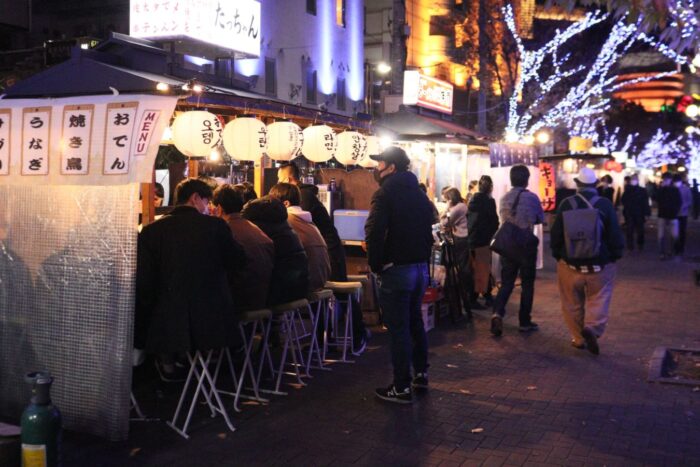Japanese knives are renowned for their exceptional quality, sharpness, and precision. They are highly sought after by professional chefs and home cooks alike, and have become increasingly popular in recent years. The unique design and craftsmanship of Japanese knives make them stand out among other types of knives, and have contributed to their growing popularity.
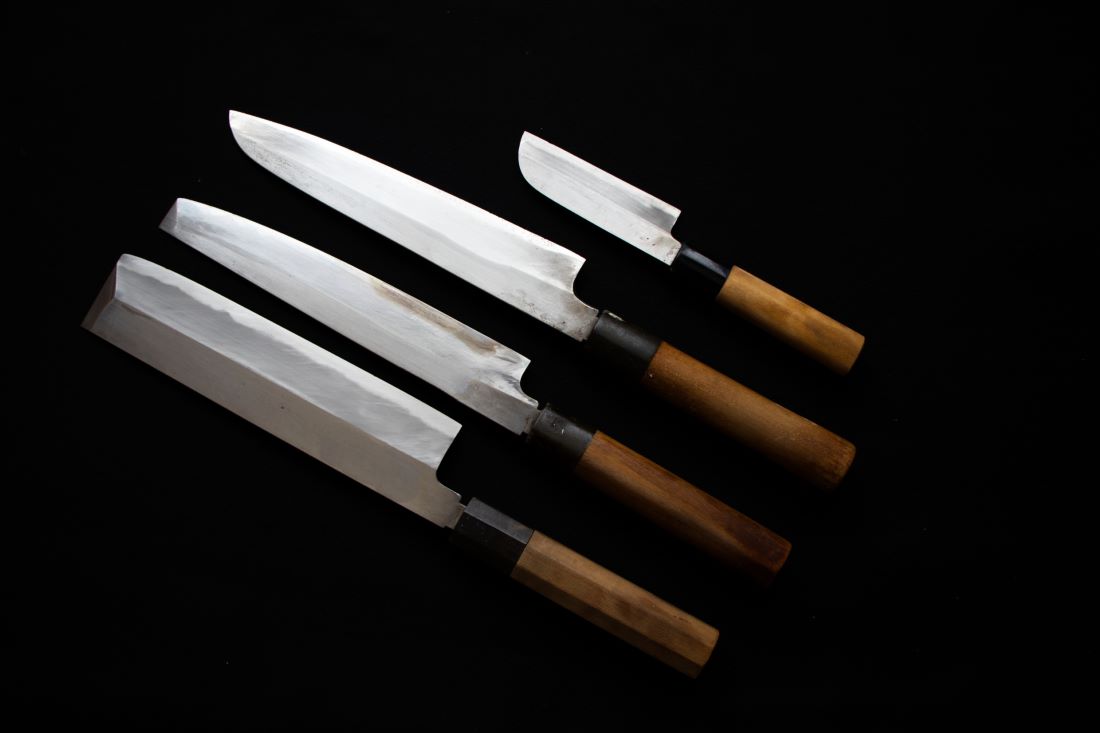
One of the most distinctive features of Japanese knives is their blade. Unlike Western-style knives, which are typically thicker and heavier, Japanese knives have thinner and lighter blades. This allows for more precise cuts and greater control over the knife. The blade is also made from high-quality steel, which is often layered to create a unique pattern and improve its durability.
Another key feature of Japanese knives is their handle. Traditionally, Japanese knives have a wooden handle that is designed to fit comfortably in the hand. The handle is often made from a lightweight wood, such as magnolia, which further enhances the knife’s balance and control. In recent years, some Japanese knife makers have begun to experiment with different materials for the handle, such as resin or composite materials, to create a more modern look.
History of Japanese Knives
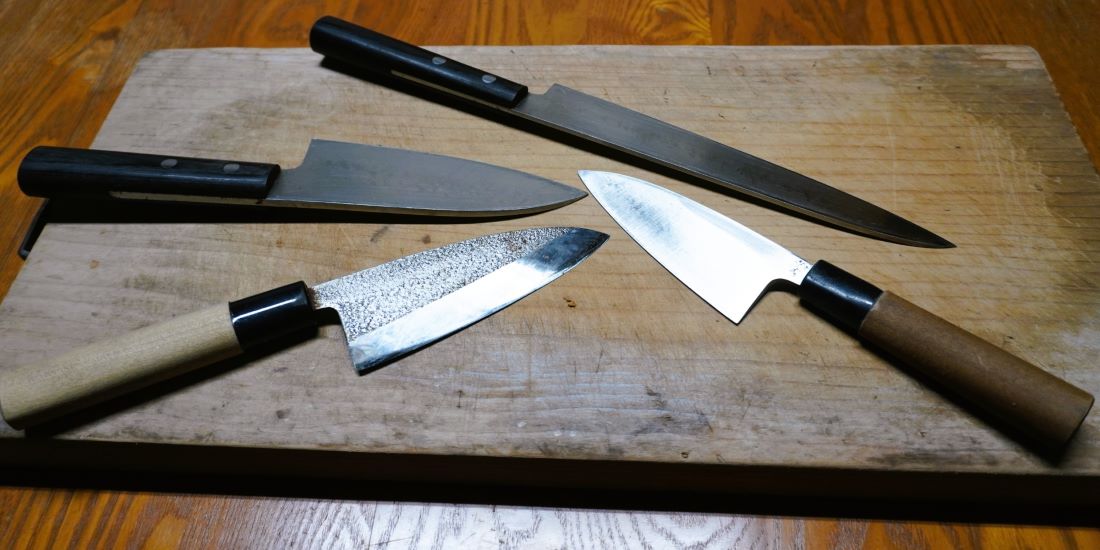
Japanese knives are known for their precision, sharpness, and beauty. But where did they come from? The history of Japanese knives dates back to the 8th century when Japan began producing its own steel. However, it wasn’t until the 13th century that the art of sword-making was introduced to Japan from China.
During the Edo period, Japan was at peace, and sword-making evolved into knife-making. Blacksmiths began creating knives for everyday use, including for cooking. The knives were made using a unique technique called “honyaki,” which involves forging a single piece of high-carbon steel. This technique is still used today in the production of high-end Japanese knives.
During the Meiji period, Japan opened up to the Western world, and the demand for Western-style knives grew. Japanese blacksmiths began incorporating Western techniques into their knife-making, resulting in the creation of the “gyuto” knife, a Japanese version of the Western chef’s knife.
Today, Japanese knives are highly sought after by chefs and home cooks alike. They are known for their sharpness, balance, and precision, and are often considered works of art. Japanese knife-making continues to evolve, with new techniques and designs being developed all the time.
Types of Japanese Knives
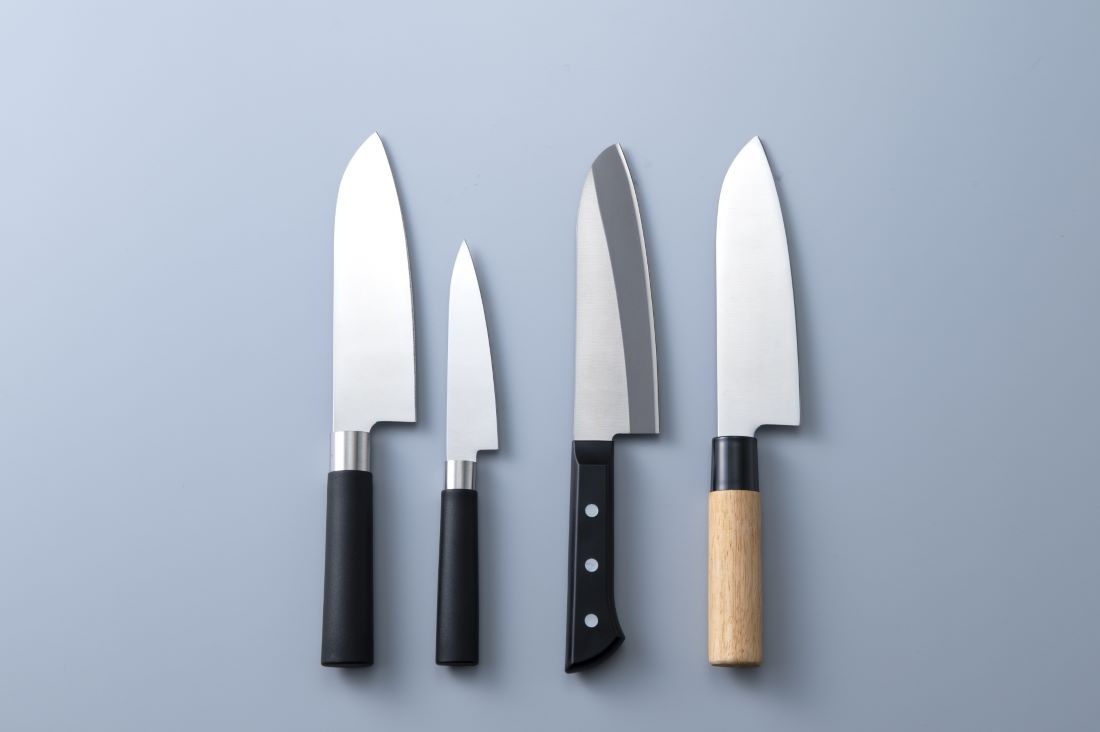
Japanese knives are made using traditional techniques that have been passed down for generations. Each type of Japanese knife is designed for a specific purpose, and they all have their unique characteristics. Here are some of the most popular types of Japanese knives:
1. Gyuto (Chef’s Knife)
The Gyuto is the most versatile and commonly used knife in Japanese cuisine. It is a multi-purpose knife that can be used for slicing, dicing, and chopping. The blade is usually between 8 and 10 inches long, and it has a slightly curved edge that makes it easy to rock back and forth while cutting.
2. Santoku (Japanese Chef’s Knife)
The Santoku is a Japanese version of the Western chef’s knife. It is shorter and lighter than the Gyuto, and it has a straighter edge. The Santoku is ideal for slicing, dicing, and chopping vegetables, fish, and meat.
3. Sujihiki (Slicer)
The Sujihiki is a long, thin knife that is designed for slicing meat and fish. It has a narrow blade that allows for precise cuts, and it is often used to prepare sashimi.
4. Deba (Fish Knife)

The Deba is a heavy-duty knife that is used to fillet and prepare fish. It has a thick, sturdy blade that can handle tough fish bones and scales.
5. Nakiri (Vegetable Knife)
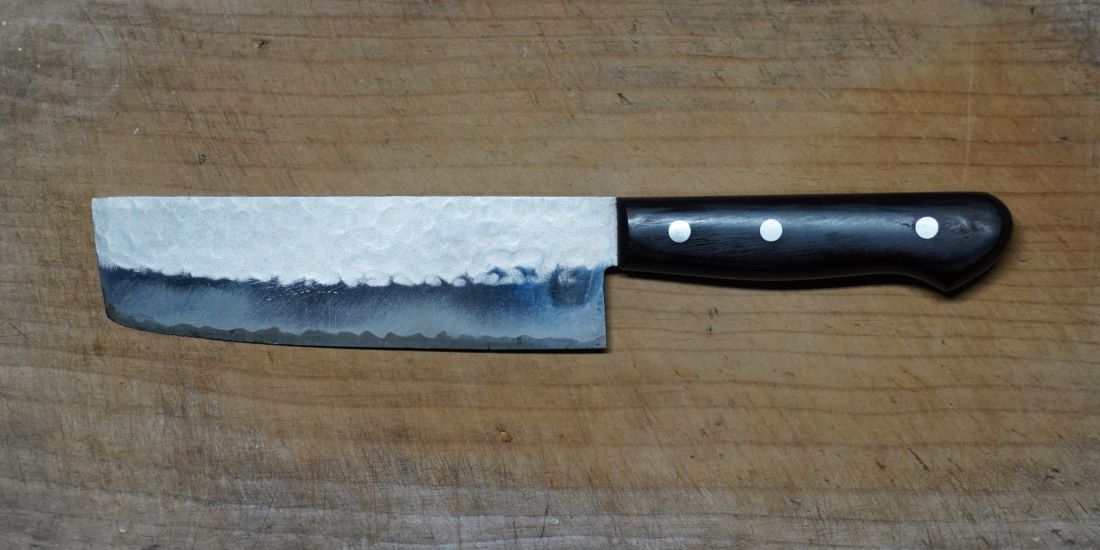
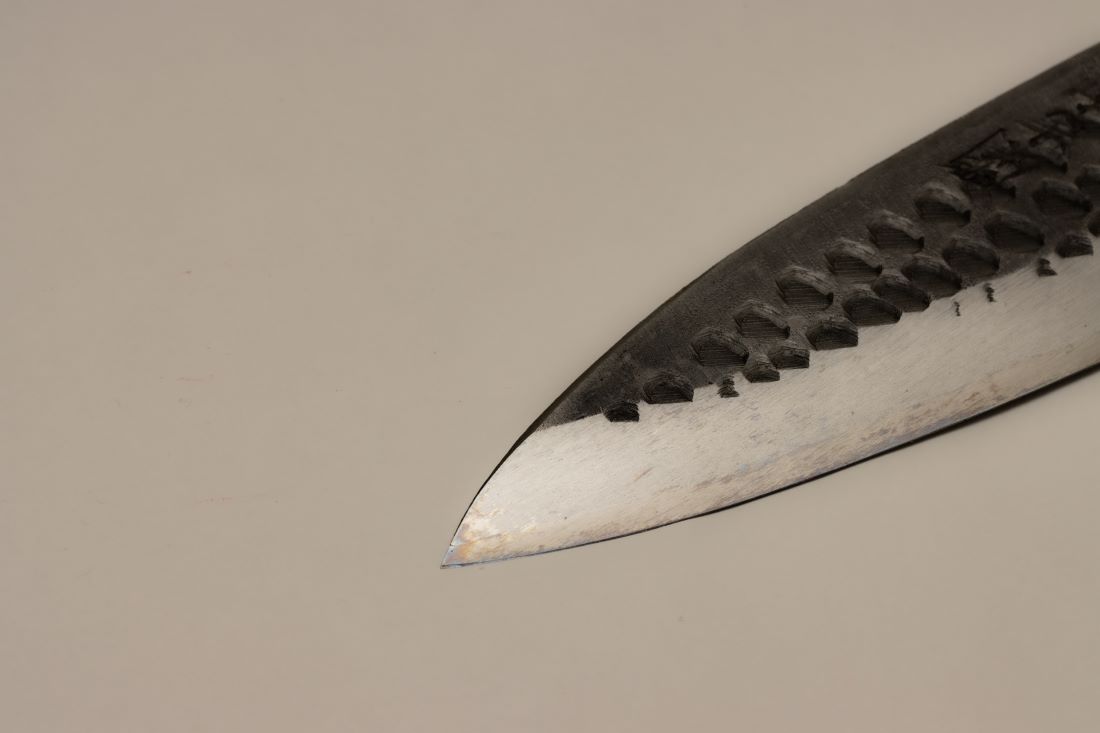
The Nakiri is a Japanese vegetable knife that is designed for slicing and chopping vegetables. It has a straight, flat blade that makes it easy to cut through vegetables without damaging them.
6. Usuba (Thin Vegetable Knife)
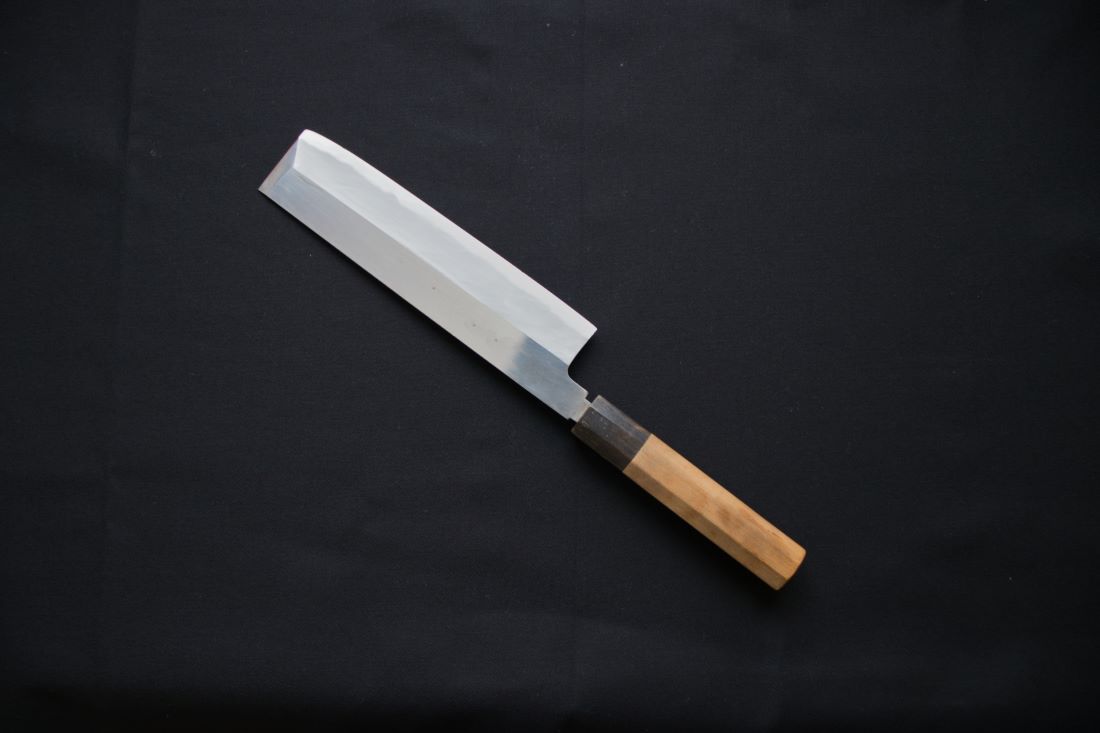
The Usuba is a thin, delicate vegetable knife that is designed for precision cutting. It has a straight blade that allows for clean, precise cuts, and it is often used to prepare garnishes.
7. Yanagiba (Sashimi Knife)

The Yanagiba is a long, thin knife that is designed for slicing sashimi. It has a single bevel blade that allows for precise cuts, and it is often used by professional sushi chefs. In conclusion, Japanese knives are renowned for their beauty, functionality, and precision. Each type of Japanese knife is designed for a specific purpose, and they all have their unique characteristics. Whether you’re a professional chef or a home cook, a Japanese knife is an excellent addition to any kitchen.
Characteristics of Japanese Knives

Japanese knives are renowned for their exceptional craftsmanship, high-quality materials, and unique design. Here are some of the key characteristics that set them apart from other knives:
- Sharpness: Japanese knives are known for their incredible sharpness, which is achieved through the use of hard steel and a thinner blade angle. This allows for precise cuts and effortless slicing.
- Hardness: Japanese knives are typically made from high-carbon steel, which is harder and more durable than stainless steel. This allows the blade to maintain its sharp edge for longer periods of time.
- Design: Japanese knives have a unique design that emphasizes balance and precision. The blade is typically thinner and lighter than other knives, which allows for greater control and maneuverability.
- Handle: Japanese knife handles are often made from wood, which provides a comfortable grip and helps to absorb shock. The handle is typically designed to fit the hand perfectly, which further enhances control and precision.
Overall, Japanese knives are a must-have for any serious chef or home cook. Their exceptional sharpness, hardness, and design make them a pleasure to use and a valuable addition to any kitchen.
Care and Maintenance of Japanese Knives
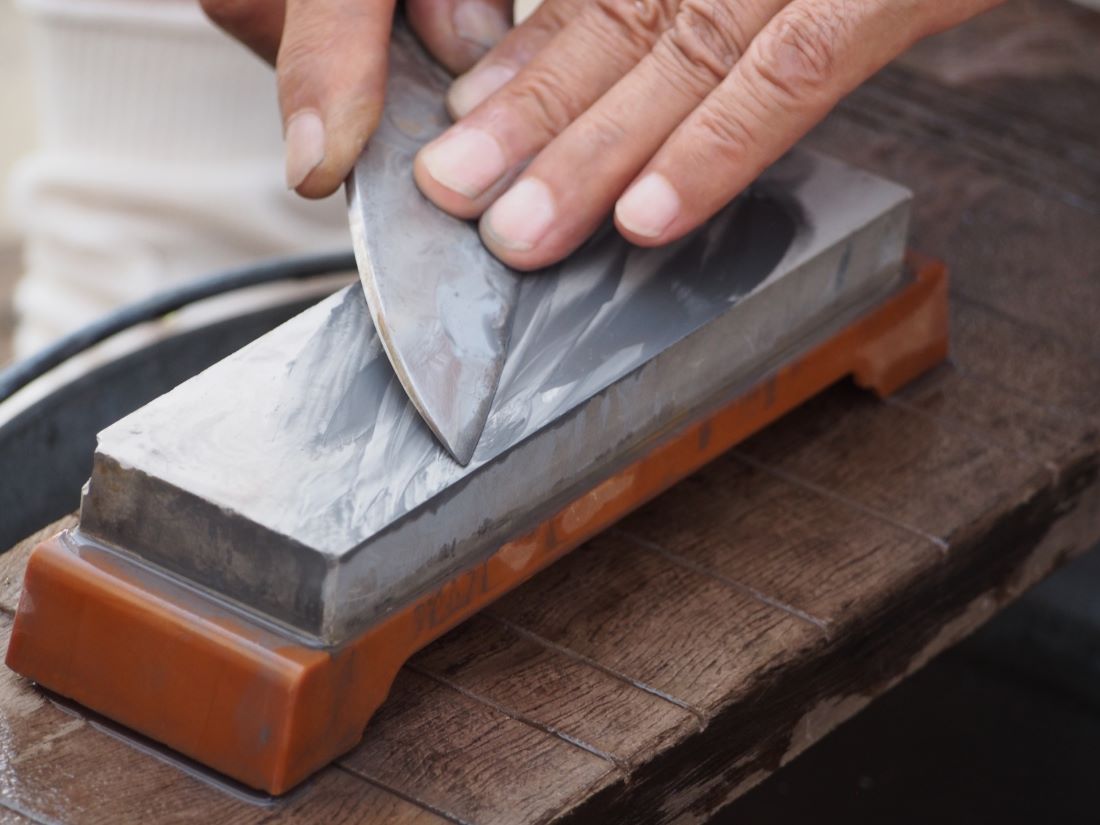
Japanese knives are known for their sharpness and precision. However, to maintain their quality, it is important to take proper care of them. Here are some tips for caring and maintaining your Japanese knives:
- Hand wash your knife with warm water and mild detergent immediately after use. Do not soak the knife in water or put it in the dishwasher as it can damage the blade and handle.
- Dry the knife with a soft cloth or towel immediately after washing to prevent rust and corrosion.
- Store the knife in a knife block or sheath to protect the blade and prevent accidental damage. Do not store the knife in a drawer with other utensils as it can cause scratches and dull the blade.
- Sharpen your knife regularly to maintain its sharpness. Use a sharpening stone or honing rod to sharpen the blade at the correct angle. It is recommended to sharpen the knife every 6-12 months depending on the frequency of use.
- Avoid using the knife on hard surfaces such as glass or ceramic as it can damage the blade. Use a cutting board made of wood, bamboo, or plastic instead.
- Do not use the knife to cut frozen food or bones as it can damage the blade. Use a separate knife for such tasks.
By following these simple tips, you can ensure that your Japanese knife lasts for a long time and maintains its quality and sharpness. Remember to always handle the knife with care and respect, and it will reward you with excellent performance and precision.
Famous Japanese Knife Makers
When it comes to Japanese knives, there are a number of famous knife makers that have been producing high-quality knives for generations. Here are just a few of the most well-known and respected Japanese knife makers:
- Shun Cutlery: Based in Seki City, Shun Cutlery produces a wide range of Japanese knives, including santoku, nakiri, and chef’s knives. Their knives are known for their sharpness and precision, and are a favorite among professional chefs.
- Global Knives: Founded in 1985, Global Knives is known for its unique design and construction. Their knives are made from high-quality stainless steel, and feature a distinctive all-metal handle. Global Knives are a popular choice among both professional chefs and home cooks.
- Masamoto: Masamoto is one of the oldest and most respected knife makers in Japan, with a history that dates back over 150 years. Their knives are known for their exceptional balance and sharpness, and are a favorite among sushi chefs.
- Misono: Misono is another well-respected Japanese knife maker, known for its high-quality chef’s knives. Their knives are made from high-carbon stainless steel, and feature a unique, triangular-shaped handle that provides a comfortable grip.
Each of these knife makers has its own unique style and approach to knife making, but all share a commitment to quality and craftsmanship. Whether you’re a professional chef or a home cook, a Japanese knife from one of these makers is sure to provide you with years of reliable use and exceptional performance.
Where to Buy Japanese Knives
Now that you know all about Japanese knives, you may be wondering where you can buy them. Lucky for you, there are plenty of options!
If you’re looking for a physical store, you can try visiting a Japanese knife store in your area. These stores specialize in Japanese knives and will likely have a wide selection for you to choose from. You can also check out kitchen supply stores, as they may carry Japanese knives as well.
If you prefer to shop online, many websites sell Japanese knives. Some popular options include Amazon, Sur La Table, and Williams Sonoma. Just be sure to read reviews and do your research before purchasing to ensure you’re getting a quality knife.
If you’re looking for a truly authentic Japanese knife, you may want to consider ordering directly from Japan. Many Japanese knife makers sell their products online and will ship internationally. Just keep in mind that shipping times may be longer and you may have to pay extra for customs fees.
When buying a Japanese knife, it’s important to keep in mind that quality can vary greatly. Be sure to do your research and read reviews before making a purchase. Additionally, be prepared to spend a bit more money than you would on a standard kitchen knife. Japanese knives are often handmade and crafted from high-quality materials, which can make them more expensive.
Overall, there are many options for buying Japanese knives. Whether you prefer to shop in-person or online, there are plenty of retailers that sell these high-quality knives. Just be sure to do your research and choose a reputable seller to ensure you’re getting a quality product.

